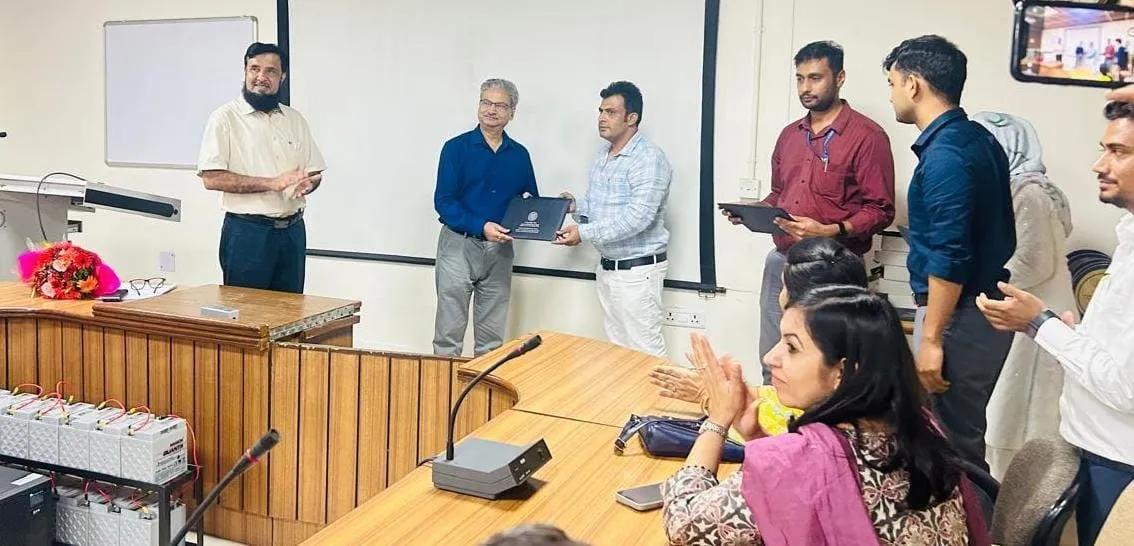Washington: NASA and European Space Agency's (ESA) Hubble Space Telescope has imaged a galaxy cluster that is almost nine billion light-years away.
The galaxy cluster, called eMACS J1823.1+7822, lies in the constellation Draco.
It is one of five exceptionally massive galaxy clusters Hubble explored with the aim of measuring the strengths of these gravitational lenses, which would provide insights into the distribution of dark matter in galaxy clusters.
Strong gravitational lenses like eMACS J1823.1+7822 can help astronomers study distant galaxies by acting as vast natural telescopes which magnify objects that would otherwise be too faint or distant to resolve, mission officials said in a statement.
The central cluster is mostly elliptical galaxies surrounded by a warm glow. Near the cluster core is a stretched, distorted arc of a gravitationally lensed galaxy. The cluster's enormous mass curves spacetime, creating a gravitational lens that bends the light from distant galaxies beyond the cluster.
The result is contorted streaks and arcs of light seen in the image.
A host of other galaxies surrounds the cluster, and a handful of foreground stars with tell-tale diffraction spikes are scattered throughout the image.
This multiwavelength image layers data from eight different filters and two different instruments: Hubble's Advanced Camera for Surveys and Wide Field Camera 3. Both instruments can view astronomical objects in just a small slice of the electromagnetic spectrum using filters, which allow astronomers to image objects at precisely selected wavelengths. The combination of observations at different wavelengths lets astronomers develop a more complete picture of the structure, composition, and behaviour of an object than visible light alone would reveal. —IANS

